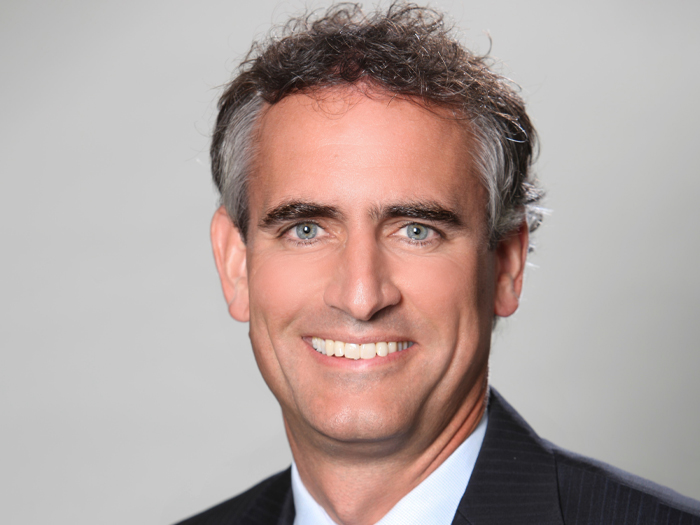Insuring Against Uncertainty: Rethinking Responses to Workplace Violence
A man parks outside an office block and takes a gun from the back of his pickup truck. He pulls a balaclava over his face, draws up his hood and makes his way to the main entrance.
An employee on the front desk sees him but is uncertain how to react. Call law enforcement with no expectation of an instant response? Use the PA system to warn colleagues without any idea what to advise? Run for cover, but how to raise the alarm?
They have just seconds to decide, and none of their options look promising.
Our fictional gunman’s murderous mission becomes easier when an employee finally gets on the PA system to tell colleagues to evacuate, unwittingly sending them into his path. Meanwhile, when the 911 calls start coming, call handlers struggle to reconcile conflicting information about the assailant’s location and appearance, the casualties so far and how many people are still in the building.
How Risk and Insurance Plays a Role
This picture of communication breakdown and chaos is sadly all too real and everyday — and in fact closely replicates a threat we recently faced at a customer site. Despite steadily increasing incidents of mass shootings, rising workplace homicides and attempted shootings, and a rate of gun ownership approaching one-third of Americans, most U.S. workplaces and public venues lack an actionable response plan.
The tools used to mitigate the risk are often clunky and the protocols binary; they provide an inadequate (if not downright dangerous) response to a dynamic threat that will probably change every few seconds.
Response plans may well have ticked the correct boxes on paper, but unless they’re well-rehearsed, updated as necessary and understood by everyone involved, they are next to useless.
For the companies and organizations affected, that lack of preparedness can be devastating.
Alongside the potential for fatalities and catastrophic injuries, consequences may include business interruption losses, significant legal and compensation costs, and huge reputational damage. Sometimes the impact is existential.
It’s also worth noting that many active assailant incidents end without loss of life or injury, but even thwarted attacks will expose insureds to litigation risk, particularly if they’re unable to demonstrate their preparedness.
The insurance industry has been increasingly successful in encouraging the transfer of this grave risk, but weaker on risk management.
Insurance products are largely reactive, with little incentive for insureds to adopt the most effective technology or to ensure that clients access the crisis response services that are available to them under many insurance policies from the outset. The latter is important because the sooner crisis response specialists are informed, the faster they can understand what happened, assist with victim care, help the insured prepare for potential litigation, and advise on communication and reputation management.
Doing the right thing and being able to document it is vital from an ethical perspective, but also decisive in stemming potential losses.
However, with the rise in workplace violence, the ever-present threat of litigation, legislative changes such as California’s new Workplace Violence Prevention Bill and improved technological solutions, this is changing.
Gabriel and Merrill Herzog have partnered with Chaucer on a risk management service that alerts insureds when an attack is taking place, notifying emergency services and neighboring buildings and establishing a video-linked platform to manage the crisis in real time. It loops in crisis management experts from the start to provide immediate advice and support.
Having worked with insureds from the policy inception, we have learned that understanding their businesses, their exposures and the physical layout of the premises can help reduce the human trauma of the incident in a way that law enforcement officials have neither the time nor the expertise for.
California’s new legislation supports services like ours since the law stipulates that most companies in the state make workplace violence risk assessments and compile concrete plans, including employee training, all overseen by insureds’ workers’ comp providers. Other states are contemplating similar legislation, and in New York, a new law to protect retail workers is already in the pipeline.
The legislative stick to make insureds’ and insurers’ work harder to prevent catastrophic incidents looks set to get bigger.
However, the risk landscape for these incidents is sadly worsening. Mental health issues fueled by social media and the isolation that it facilitates, a public domain characterized by anger and polarization, economic pressures and geopolitical instability together create an environment where we’ll likely see more attacks.
The imaginary company targeted by our fictional gunman, like many insureds, did not see itself as the likely target of attacks. Taking steps earlier could have prevented loss of life, injury, trauma and irreparable damage to its business.
The reality is that active assailant incidents can happen to any organization or commercial entity, and at any time. If everyone committed just one day a year to thinking through the risks and compiling an actionable plan, insureds and their employees would gain significant peace of mind and lives would be saved. &










